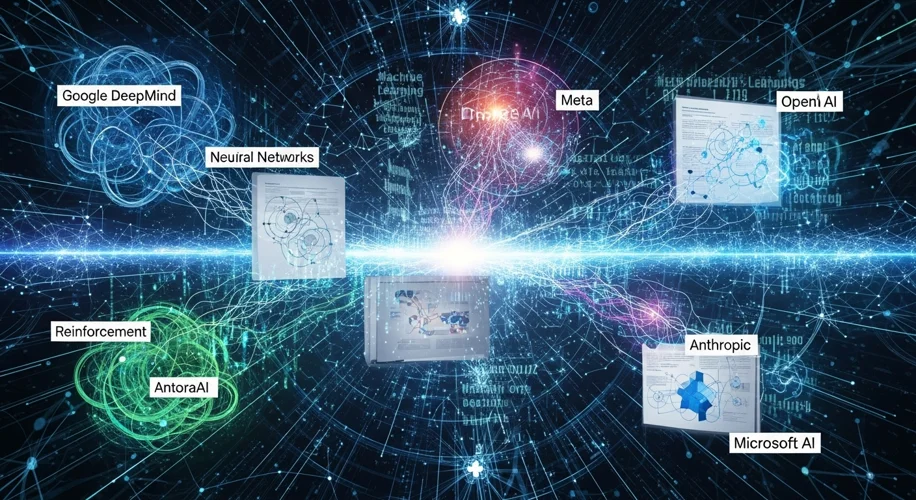It’s not every day you hear a leader from one of the big AI research labs suggest that they’re all, in a sense, already working together. But that’s exactly what someone from Google DeepMind recently put out there. It got me thinking, as these things often do, about the bigger picture.
When we talk about companies like Google DeepMind, OpenAI, and others, we often imagine them as fierce rivals, locked in a race to build the next groundbreaking AI. And in many ways, they are. They’re pushing the boundaries of what’s possible, developing new models, and competing for talent and attention. It’s a dynamic environment, and that competition drives a lot of innovation.
But this comment from DeepMind suggests a different layer to the story. What if, beneath the surface of competition, there’s a degree of de facto collaboration? What could that even mean?
Think about the fundamental building blocks of advanced AI. They often rely on similar mathematical principles, vast datasets, and immense computing power. The challenges they face – like making AI more reliable, understanding context, or ensuring safety – are also shared challenges. It’s not unreasonable to imagine that researchers, even at competing institutions, might be looking at the same problems, reading the same papers, and, perhaps indirectly, influencing each other’s work.
Consider the nature of scientific progress. It rarely happens in isolation. Discoveries build upon previous work, often from many different sources. In the highly specialized world of AI research, where information flows relatively freely through academic publications and conferences (though perhaps with some strategic delay), it’s natural that ideas will cross-pollinate. Even if they aren’t directly sharing code or data, they are sharing a conceptual landscape.
This perspective doesn’t necessarily mean there’s a secret handshake or a formal pact. Instead, it might be a reflection of how complex, cutting-edge fields develop. The shared pursuit of a monumental goal – creating advanced artificial intelligence – naturally leads to a certain convergence of thought and effort. They are all trying to solve incredibly hard problems, and the path to those solutions might have common features.
What are the implications of this? For one, it could mean that progress in AI isn’t solely driven by the output of a single lab, but by the collective effort of the entire field, even among competitors. It also raises questions about how we think about control and safety. If these major players are, in a way, on similar paths, then the challenges and risks associated with AI development are also shared.
It’s a reminder that technology doesn’t exist in a vacuum. The people building these powerful tools are part of a larger scientific community. While the business imperatives and competitive drives are very real, so too are the shared intellectual currents that shape discovery. It’s a complex interplay, and one worth paying attention to as we navigate the future of artificial intelligence.

